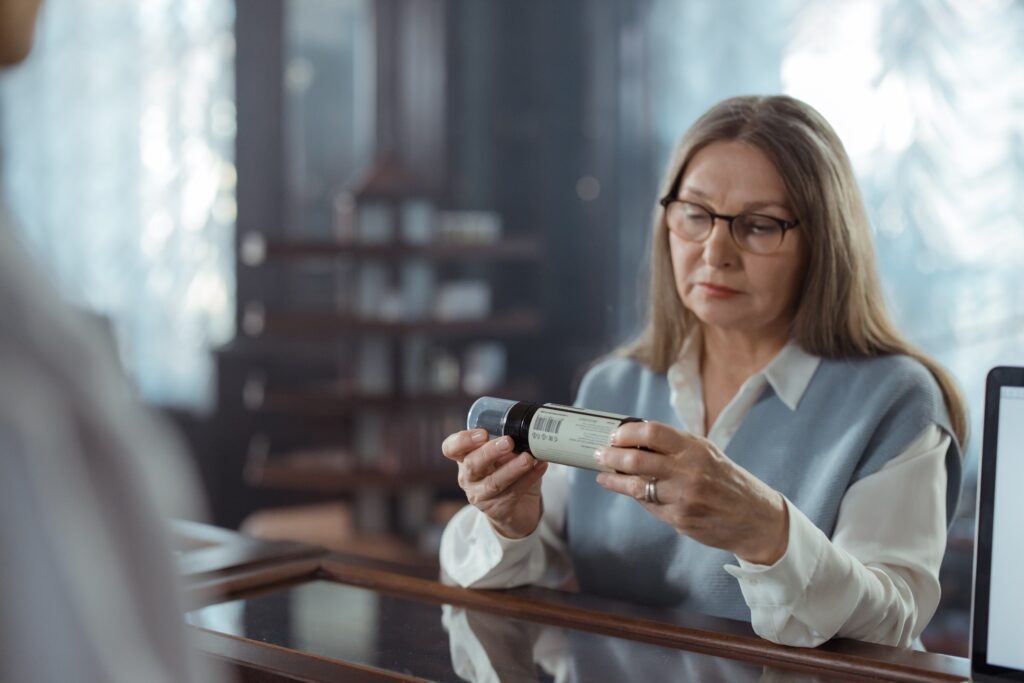Safely Getting Rid of Old Meds

Safely Getting Rid of Old Meds: Here’s How to Do It
What do you do with outdated medications, particularly those that are most potent and potentially dangerous?
The Food and Drug Administration has come up with an answer by launching a section for consumers on its website with exactly that information.
In the case of high-potency opioids and other selected controlled substances, which have the potential to be harmful — even deadly — in a single dose, if taken by someone other than the intended person, FDA recommends they be flushed down the sink or toilet. The goal is to keep them away from children and others who could be harmed by taking them accidentally.
Medicines not listed should be thrown away in the household trash after mixing them with some unpalatable substance, such as coffee grounds, and sealing them in a bag or other container. Another option is to dispose of them through drug take back programs, if federal and state law permit.
“The safe disposal of medicines from the home after they are no longer needed is an important concern for the FDA,” said Dr. Douglas Throckmorton, deputy center director of FDA’s Center for Drug Evaluation and Research.
All medicines listed have disposal instructions in their professional prescribing information; however, this information is targeted to health care professionals. The web page provides clear instructions for consumers on whether a medicine should be flushed or disposed of in the trash.
“The FDA is working with other groups to improve the use of several drug disposal methods, including drug take back programs,” Throckmorton added. “However, for some potent medicines that can cause harm or death if inadvertently taken by family members, the FDA currently recommends flushing them down the sink or toilet to immediately and permanently remove them from the home. Simple precautions like these can reduce the likelihood of accidental and potentially dangerous exposure to unused medicines.”

